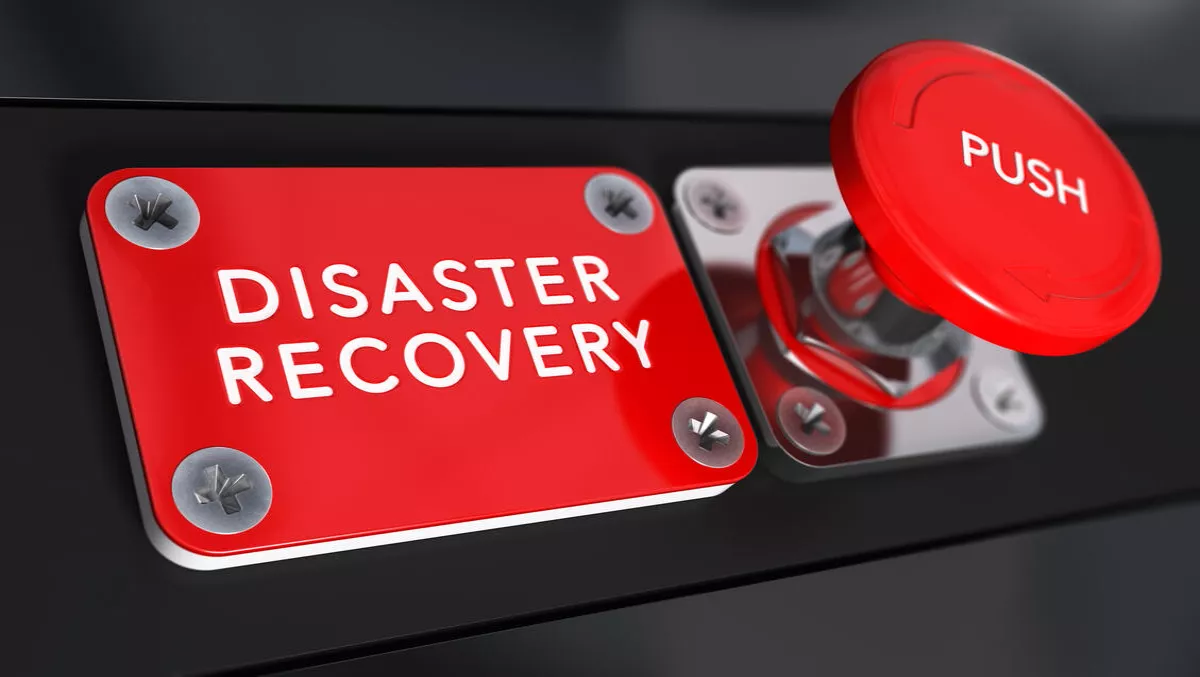
The missing link in your disaster recovery strategy
For some years, we've been at the stage where business is totally reliant on technology, particularly computers.
As such, recent years have seen considerable discussion around the importance of protecting data in a business environment. All of which is well and good, but this paints a woefully inadequate picture of disaster recovery.
Say the words "disaster recovery" and people will typically assume you are referring to data backup, and possibly broader security measures around your data's encryption.
These factors are incredibly important, but they don't go far enough.
It's an absolute must for any disaster recovery plan worth its name to include power supply as a crucial factor – because, without power, you simply can't do business.
Is New Zealand properly prepared?
During 2016, there were 125 power outages affecting 348,503 people.
One particularly high profile event was the Kaikoura earthquake, which caused numerous power outages around the country. But not all of them were so dramatic, yet still managed to have far-reaching consequences; during August, a polar wind caused outages to 40,000 residents in Gisborne on the North Island.
These events raise questions about the quality of the power supply.
New Zealand isn't the only country experiencing issues, of course. Taiwan is currently undergoing similar power supply problems. On August 15th, human error at Taiwan's biggest gas-fired plant caused a power outage to more than 6 million households, along with numerous businesses.
The blackout comes on the heels of numerous warnings about the reliability of Taiwan's power supply, and it sets a concerning precedent.
Additionally, though many of Taiwan's larger factories were reportedly unaffected, Hsinchu Science Park – a major part of Taiwan's semiconductor manufacturing industry – was affected.
"Factories there are running 24 hours a day, so sudden power cut without warning could cause a big damage," said Annabelle Hsu, a senior research manager in Taiwan at International Data Corp.
Granted, these are extreme cases, but they deftly highlight the issues around ensuring a steady power supply for businesses.
Imagine having to explain to your boss that the business is out of action for days, weeks, months – or even permanently – just because better power precautions weren't taken. Yet many IT Managers and CIOs will find themselves having this conversation if they're not careful.
Planning your power considerations
What does this mean in practical terms?
Well, it means that if you're an IT Manager or a CIO, then your role may have just expanded without you realising. Ultimately, you're responsible for guaranteeing business continuity in a disaster situation, and that means power management and quality is at least partially under your purview too. These are some of the areas that need to be carefully considered.
Power quality solutions: Investing in power solutions such as UPS devices or generators are an absolute must for businesses, to help ensure continuous operation.
Power storage solutions (effectively giant batteries) are also growing in popularity too, as costs are rapidly falling. These solutions help avoid surges, temporary outages and other issues which can damage equipment or otherwise impede day-to-day operations.
In New Zealand, hybrid models of energy supply are growing in popularity. These can incorporate a mix of green energy, fossil fuels and battery storage.
Green energy is increasingly popular but isn't always possible to use for continuous power at this stage.
Sourcing power: The vast majority of New Zealand's energy supply still stems from fossil fuels. Although steps are being taken to introduce more eco-friendly options, the current power grid is primarily designed for older sources, and integration has yielded predictably mixed results.
This will improve over time, of course, but it has a real bearing on the power decisions your business makes in the present. Going green may be preferable, but it's not always expedient.
Rising energy costs: We are living in a period of all-time highs for energy pricing, in an era where power is needed more than ever before in human history.
Power forecasting: Businesses are often not fully prepared for the increased power needs on their business if they decide to expand staff numbers, invest in new technology or move premises.
Power supplies and availability can vary greatly even between individual suburbs in a city, let alone if you decide to move operations to a different state or country.
Businesses can always benefit from investing in power quality. No matter what field you're in, power spikes or surges can result in damaged equipment, lost data, business downtime and ultimately lost revenue.
So with these factors in mind – is your business ready in the event of a disaster?

